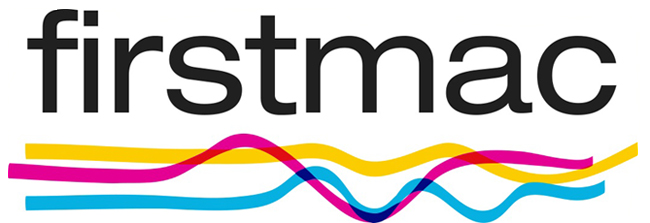
Firstmac finds funding options far and wide
James Austin, chief financial officer at Firstmac in Brisbane, discusses the nonbank’s funding strategy including its recent introduction of additional securitisation programmes and a ground-breaking debut in green-labelled issuance.
Firstmac recently issued residential mortgage-backed securities (RMBS) from a new programme, Eagle – having historically used a single programme for all issuance. What is the rationale for the diversification?
We created the Eagle programme because we have been looking at how we can capture more yield into our balance sheet without compromising on credit quality.
Firstmac is a prime lender and we do not cater to nonconforming or credit impaired borrowers. Our Eagle programme caters for product that offers premium credit quality but takes on more risk. It includes loans to self-managed super funds (SMSFs) and to borrowers with a loan-to-value ratio (LVR) of more than 80 per cent – where we charge a risk fee instead of lender’s mortgage insurance (LMI).
We elected to separate these loans from our benchmark issuance because the market expects all loans with a LVR of more than 80 per cent to have LMI attached, while SMSF loans are not consistent with our benchmark programme. This way investors can see these assets for what they are.
Firstmac has two decades of experience in underwriting loans with LVRs of up to 90 per cent so we are comfortable offering a risk fee instead of LMI. Our historical performance has been excellent. We are committed to this new programme.
Firstmac also privately placed green RMBS earlier this year. What are the business's aspirations for origination of labelled green mortgages and, from there, for green securitisation?
This programme is an ongoing development. For this transaction, the seed assets were what I would term ‘light green’ and were certified under the Climate Bonds Initiative. This is consistent with the green tranches in previous RMBS transactions from National Australia Bank and Pepper.
However, we are transitioning assets certified under this programme to dark
green, meaning an accredited inspector goes to the house and assesses its thermal airflow rating. This means the individual house is assessed rather than applying a blanket appraisal based on when it was built and in what state.
Our product is designed to give borrowers an incentive to construct energy-efficient homes through cheaper financing. We are able to provide this discount through the Clean Energy Finance Corporation (CEFC), which provided financing for the mezzanine tranches in the recent transaction.
In future, our intention is to issue dark-green assets under this programme. This first RMBS was about proof of concept and getting the programme underway. Eventually, we hope to bring one green RMBS transaction to market each year.
Auto asset-backed securities (ABS) issuance has been on the cards for Firstmac for some time. Is a public deal imminent?
We have been dabbling in the auto market for 5-7 years and over this time we have built up our asset pool and track record. Our offerings include a green car-loan product, which we run with support from CEFC. We now have around A$500 million (US$370.8 million) of auto loans warehoused.
While the latest lockdowns have had a negative influence on auto-loan
originations, we hope to bring our first auto ABS transaction to market next
year. We also expect this will include a green tranche.
It has been a positive environment for Australian dollar securitisation. Has funding capacity increased?
It has been a very conducive environment for nonbank lenders while the term funding facility has been in place. For example, we completed a A$2 billion RMBS transaction in May – the largest ever by a nonbank in Australia.
It is clear funding capacity has increased but the bigger question is whether this will be maintained into the years ahead as the banks return to wholesale debt issuance. We are working hard to ensure the new investors in our programmes have a good experience and decide to continue investing in our new issuance, but once the banks start issuing again we may see ticket sizes reducing.
We are mindful of funding constraints and do not want to exhaust our name in the Australian market or use up the credit limits investors have with us. There is only so much we can bring to market at once, and we may need to look at offshore markets for diversification.
We think it might make sense to do two Eagle trades per year, one auto trade and one benchmark trade. Over and above this, we think we will need to satisfy additional funding requirements in foreign or private markets. The green asset class has so much demand it may be better suited to private placements on a relationship basis.

nonbank Yearbook 2023
KangaNews's eighth annual guide to the business and funding trends in Australia's nonbank financial-institution sector.








